Jelly finger fungi (Calocera cornea) are a weird forest find — they look like someone with creepy alien gelatinous fingers is reaching out for you from the wood. Or, maybe the decomposing wood is growing freaky fingers?! Though jelly finger fungi lack culinary or medicinal uses, their bizarre finger-like growth is a highlight of any hike.
- Scientific Name: Calocera cornea
- Common Names: Small staghorn, Jelly fingers, Club-like tuning fork
- Habitat: Decomposing hardwood
- Edibility: Non-toxic
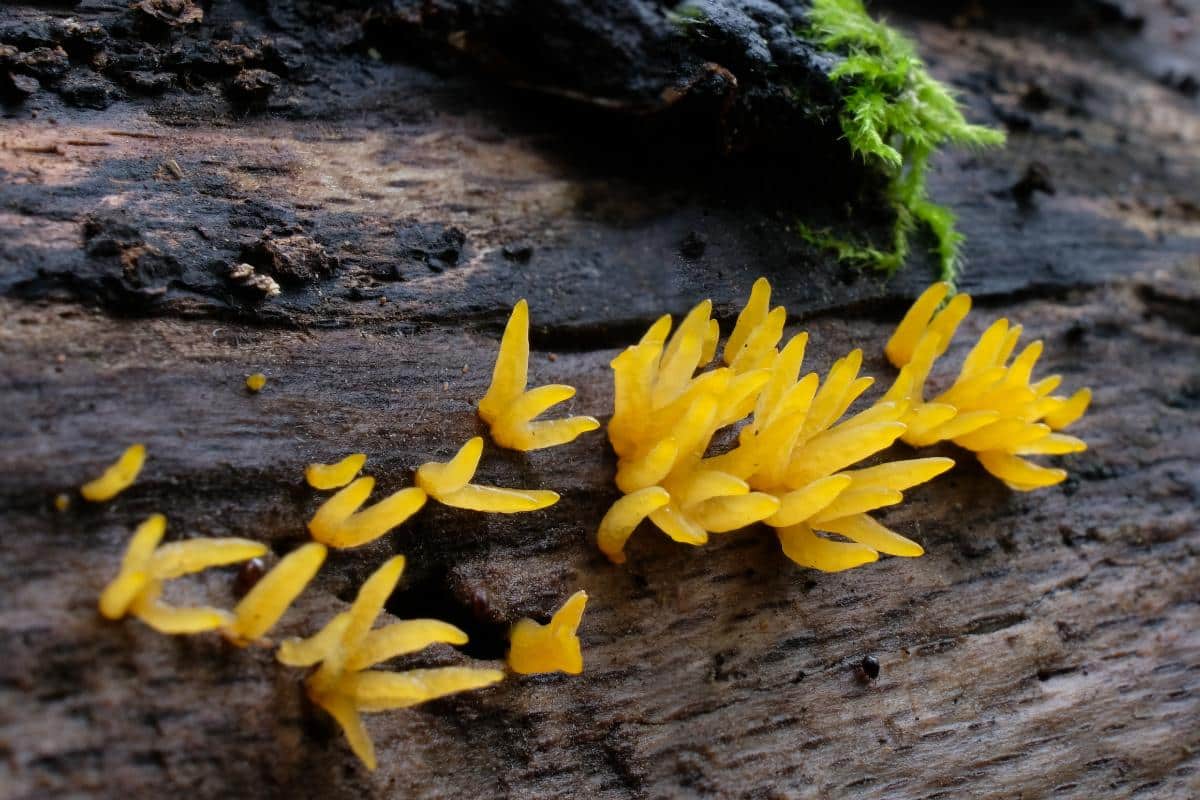
Jump to:
All About Jelly Finger Fungi
Calocera cornea, also known as the “club-like tuning fork,” or “jelly fingers,” has slender, cylindrical fruiting bodies that don’t even reach an inch tall. Its gelatinous texture and vibrant yellow-to-orange-yellow coloration make it hard to miss. Jelly fingers are inedible, though, as there’s little to them taste-wise or bulk-wise.
The genus name Calocera is derived from the Greek words “calo,” meaning “beautiful,” and “cera,” meaning “horn,” aptly describing the fruiting bodies’ beautiful horn-like appearance. The species name cornea derives from the Latin word for ‘horn,’ another horn reference to the fruiting bodies.
Jelly fingers are resurrection fungi. They can rehydrate and regain their original form after drying. This is a remarkable adaptation for survival in changing environmental conditions.
In Indiana, jellyfingers are recognized as SNR (Species of Special Concern), reflecting a need for monitoring due to potential threats or declining populations. The fungus is also listed as SNR in Newfoundland and Manitoba, because of a similar conservation concern.
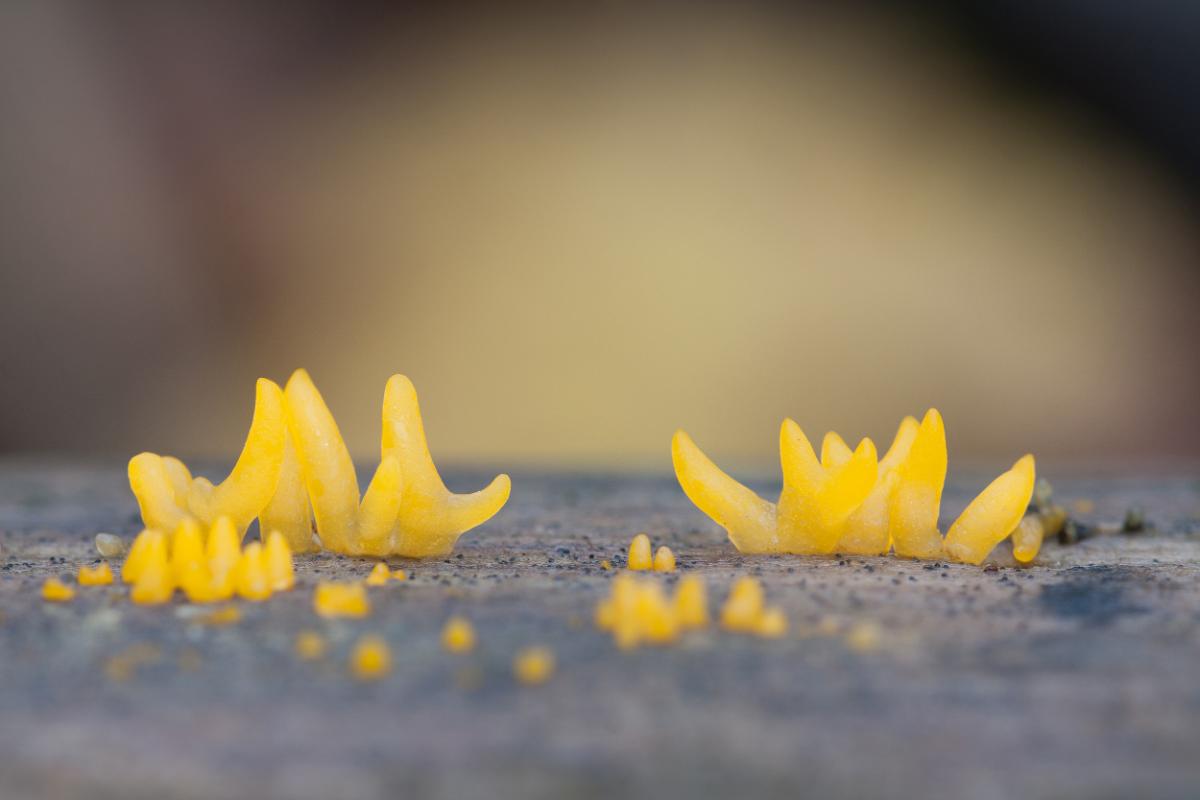
Jelly Finger Fungi Identification Guide
Season
Jelly fingers appear mainly during the warmer months, from spring through fall, with a peak from August to November.
Habitat
Jelly finger fungi thrive predominantly on the decaying wood of broadleaf trees, particularly oaks. Sometimes, they are also found on conifers, but this is less common. This saprobic fungus plays a crucial role in the decomposition of dead hardwood, contributing to nutrient cycling within forest ecosystems. It is commonly found on barkless, decaying logs, stumps, and branches, often in clusters, which may appear in rows growing out of cracks in the wood.
These fungi thrive in moist environments and are often observed after heavy rains. They grow in wide, scattered groupings or smaller clumps, and they are rarely found alone.
They are found worldwide, including Europe, North America, Central America, South America, Asia, and Oceania. Their adaptability to different climatic zones makes them common in many of these regions.
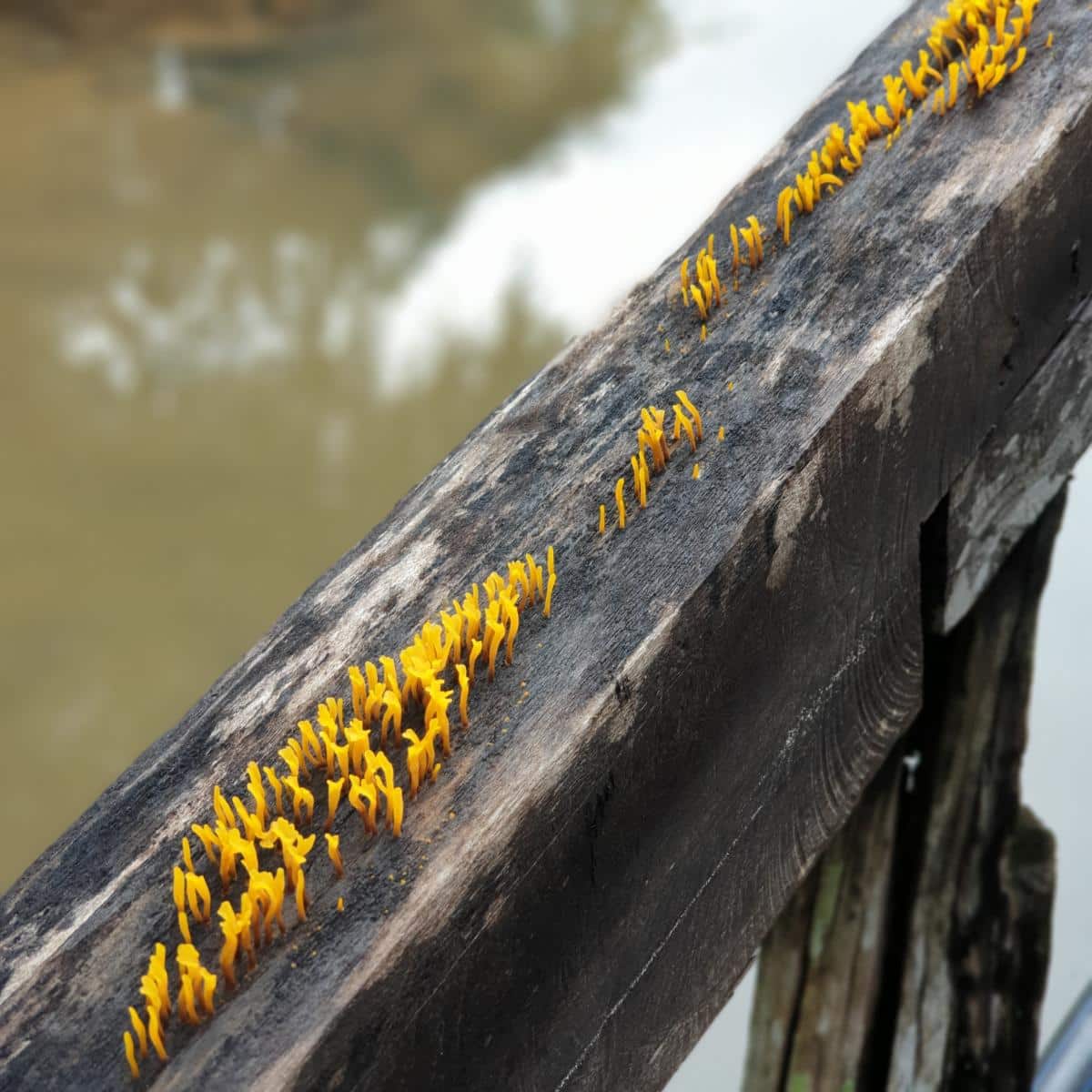
Identification
Body
The fruiting bodies of jelly fingers are erect and slender – they look like cylindrical strands. They usually are not branched and are tiny, growing only up to 1” tall. The strands might be pointed at the tip or rounded. Sometimes, the tip is shallowly forked. They are often single but can also be fused to a joint base when growing in clusters.
Jelly fingers range in color from bright orange to yellow to orange-yellow. When it is dry out, the color intensifies to more orange. And, with age, the tips of the fungus often shrivel and turn a darker orange-brown. The surface of Jelly Fingers is bald and slick, especially when wet. The texture is notably firm yet gelatinous, which is characteristic of jelly fungi.
The flesh of the fruiting body is yellow and maintains a gelatinous consistency, a unique feature that aids in its identification. At the base of the fruiting body, there is a tiny pad of white mycelium.
Odor
Calocera cornea does not possess a distinctive odor.
Spore Print
The spore print is whitish.
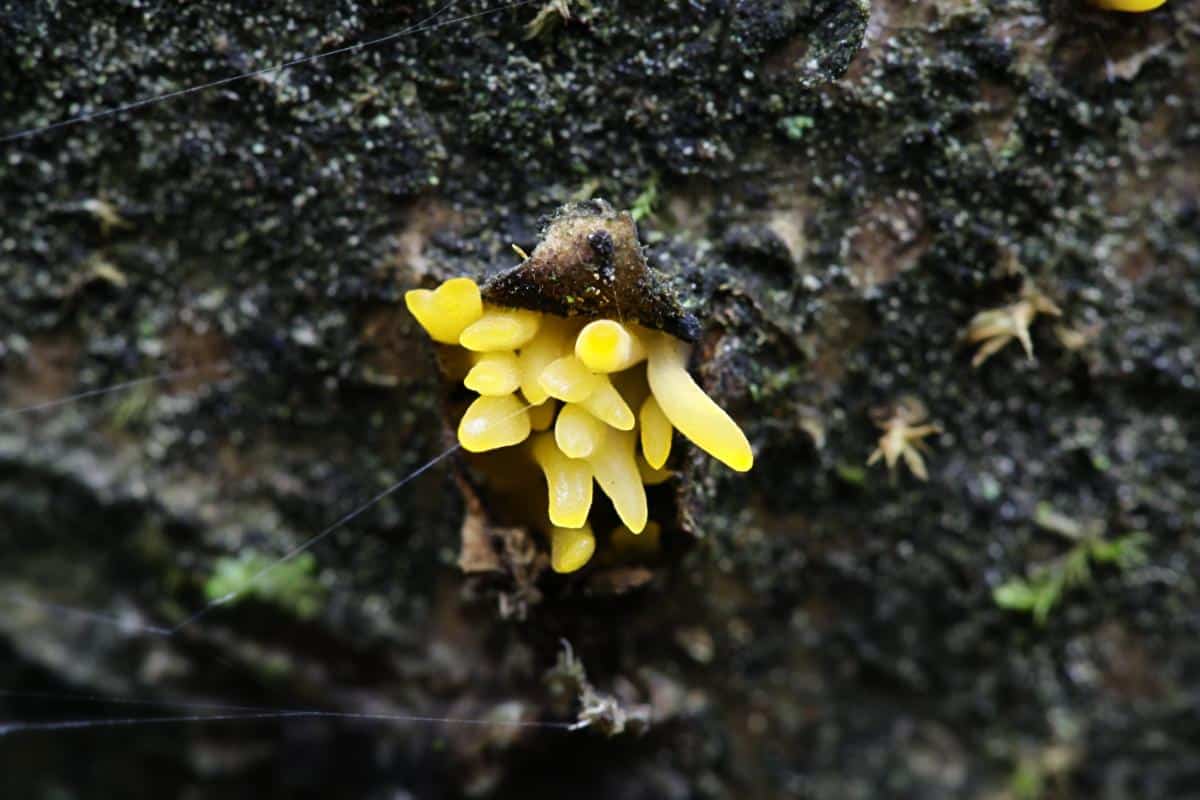
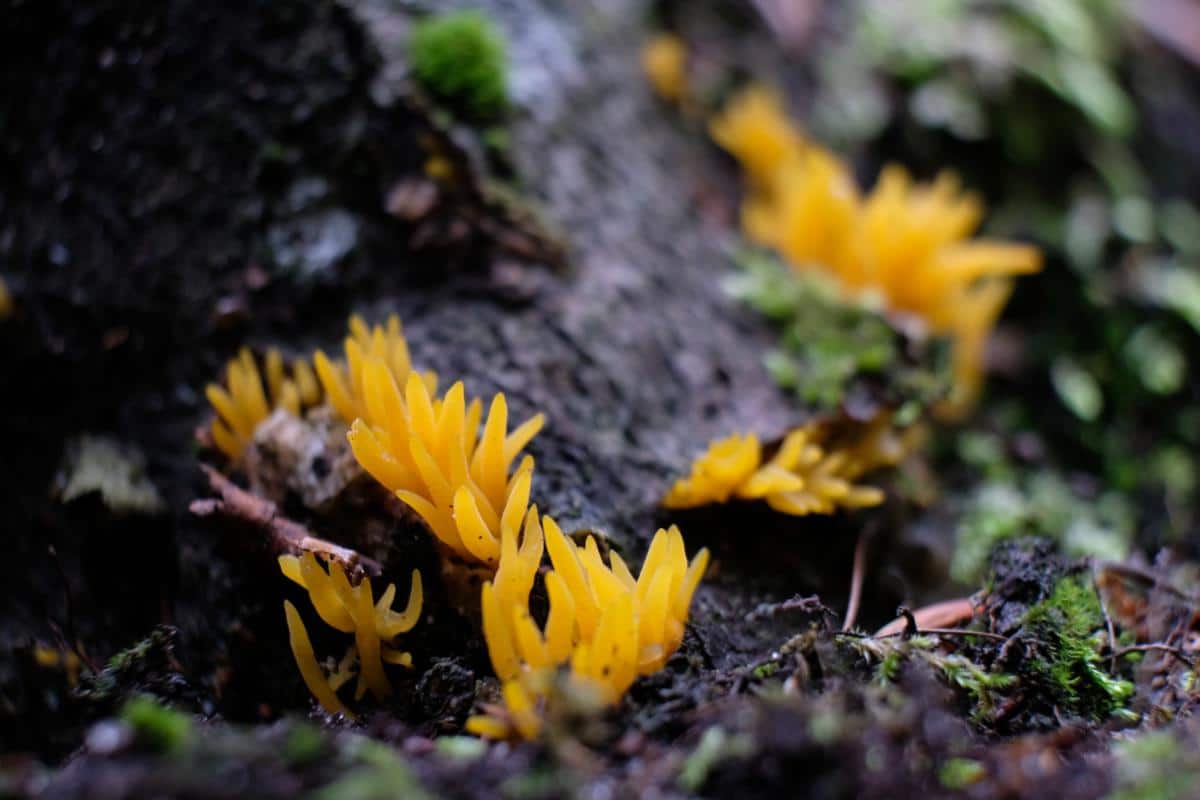
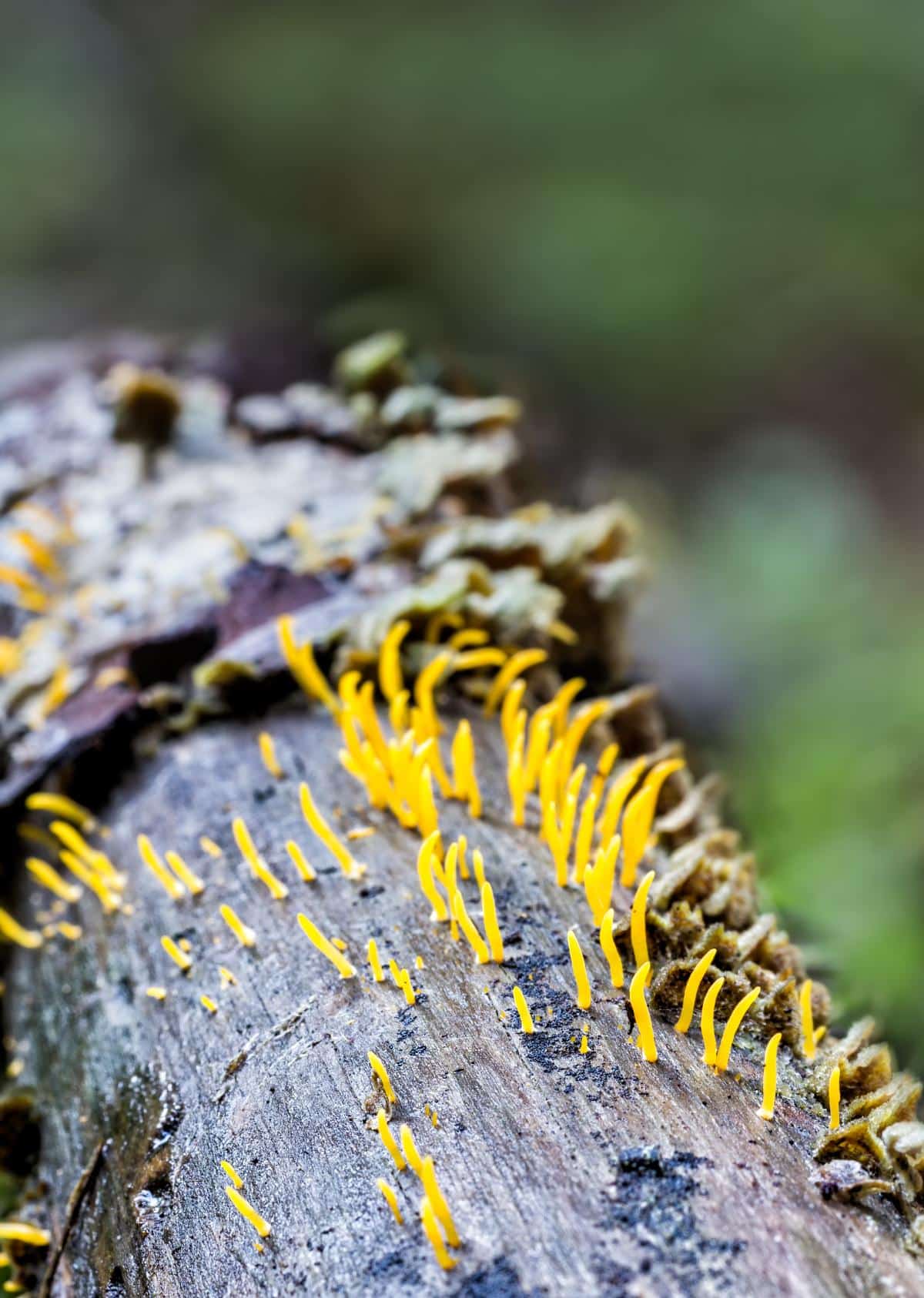
Jelly Finger Fungi Lookalikes
Jelly Antlers (Calocera viscosa)
This is a larger species, reaching up to 3.25 inches tall. The fruiting bodies of jelly antlers are typically branched two or three times and are found on moss-covered, buried conifer wood. This is quite distinct from the unbranched, smaller stature of jelly fingers found on broadleaf wood.
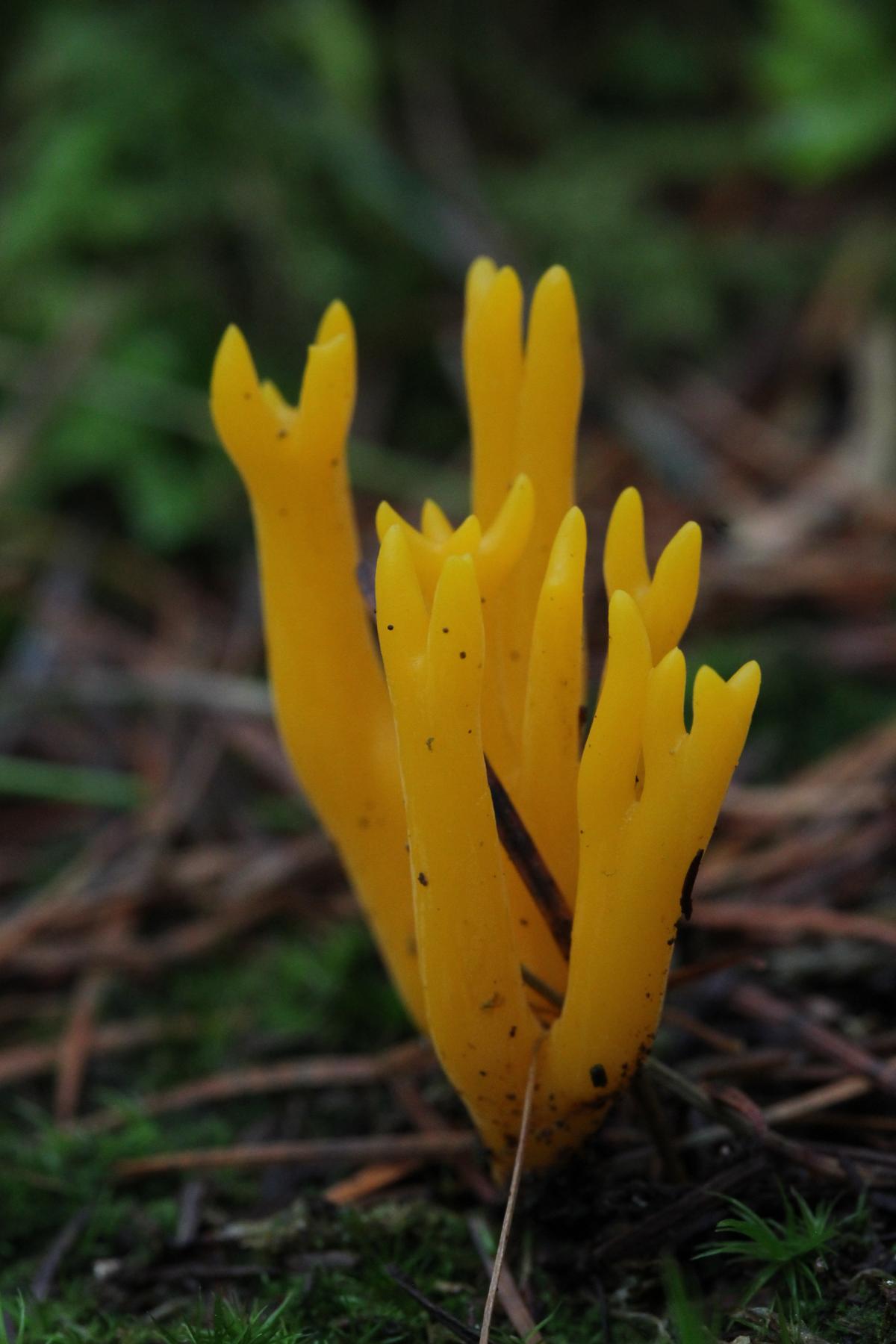
Golden Spindles (Clavulinopsis laeticolor and Clavulinopsis fusiformis)
These are small coral fungi that resemble jelly fingers in shape. However, they have a more brittle texture and primarily grow from the ground, rather than wood. Golden spindles do not have the gelatinous texture of jelly fingers, so all you have to do is touch the mushroom to figure out which one you’ve found.
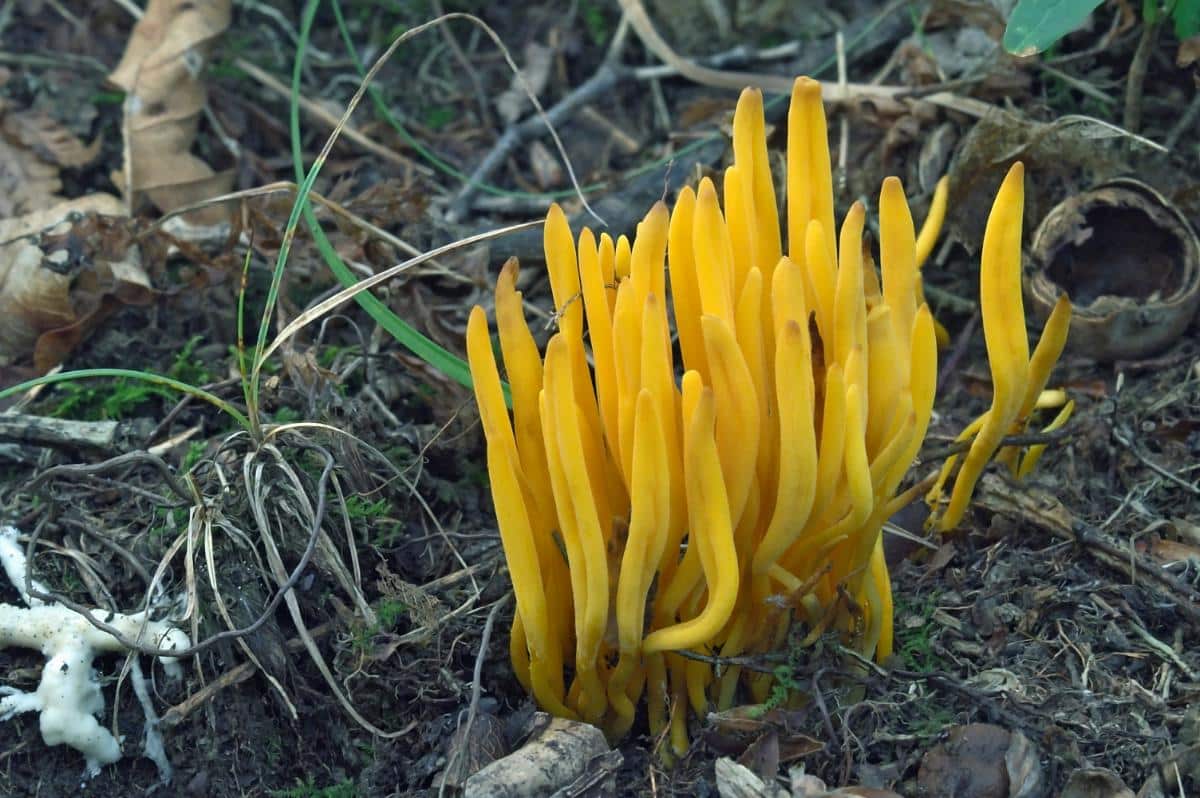
Calocera furcata
Unlike jelly fingers, which predominantly grow on decaying hardwood, Calocera furcata prefers conifer wood.
Jelly Fingers Fungi: Edibility and Culinary Uses
Jelly fingers are considered inedible. This is due to their gelatinous texture and lack of distinct flavor, which doesn’t appeal to the palate. Also, their small size makes them impractical as a substantial food source.
There’s a bit of conflicting information out there, with some sources claiming that jelly fingers are used in Chinese cuisine and considered delicious. This could well be true since they’re not toxic, just bland and insubstantial to most people. And, different cultures use of wild fungi in different ways. However, the consensus remains that in most culinary traditions, they are more ornamental than edible.
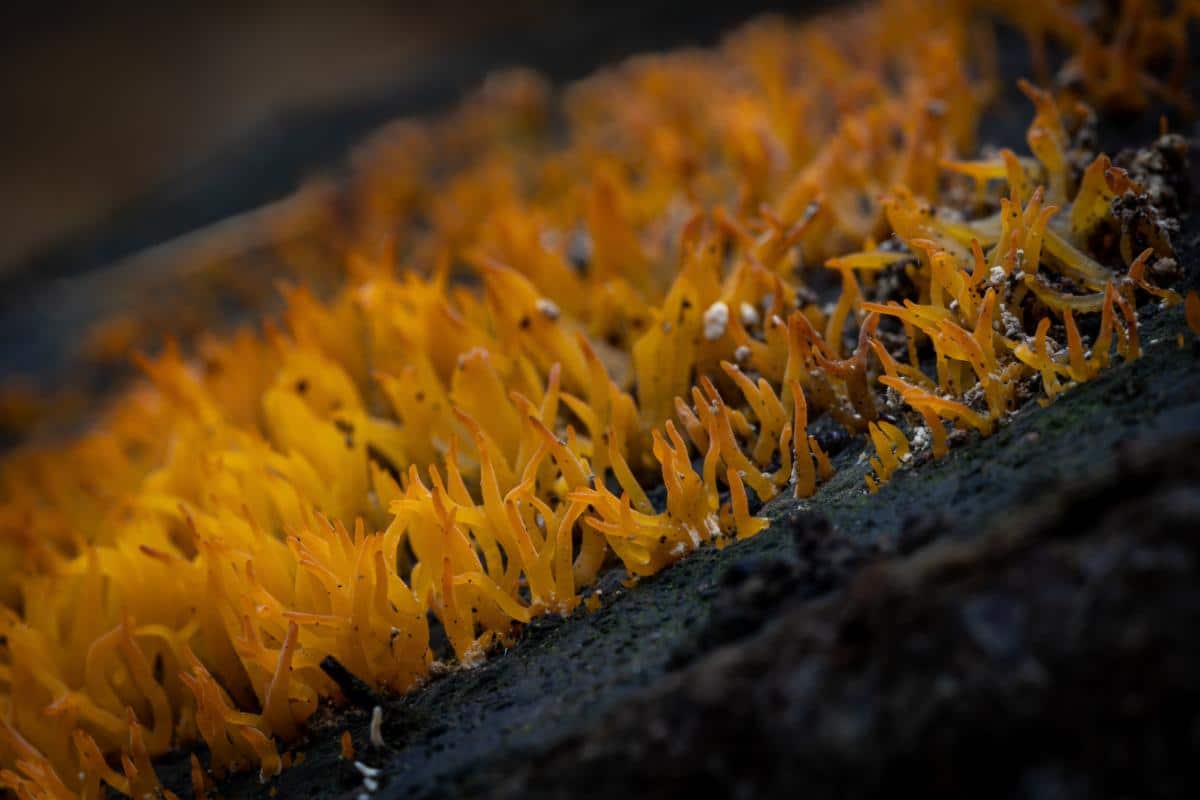
Jelly Finger Fungi Common Questions
Do jelly finger mushrooms have medicinal properties?
The potential medicinal properties of jelly fingers remain unexplored and undocumented.
What is the common name of Calocera cornea?
Calocera cornea is commonly called the Club-like tuning fork or jelly fingers.





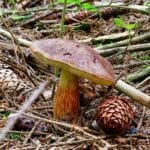
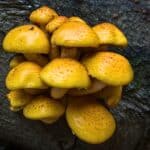
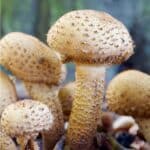
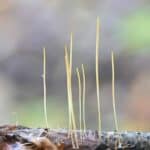
Leave a Reply